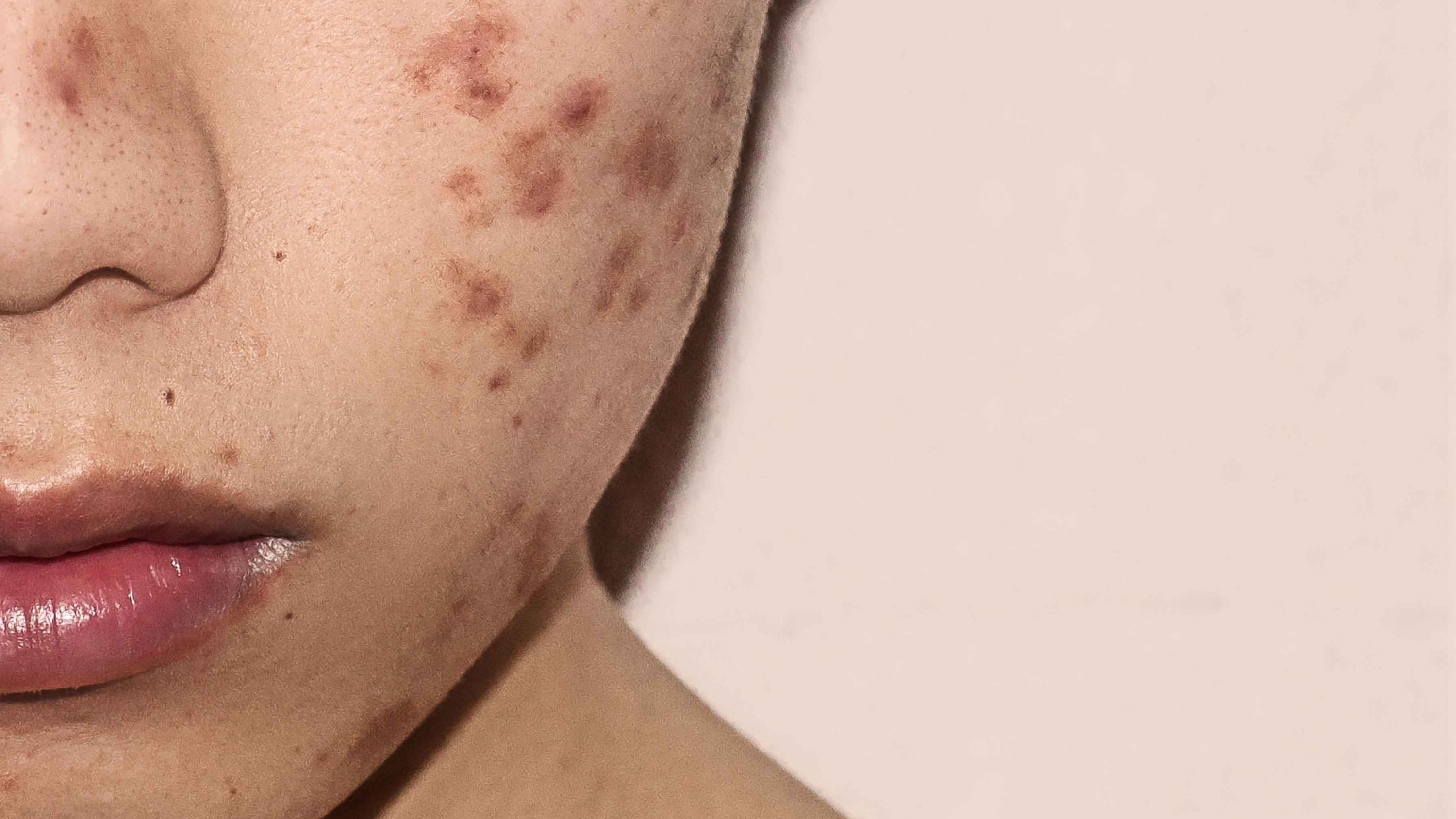We've all been there. One day, your skin is looking flawless, and the next, a new spot appears out of nowhere. Sound familiar? If yes, you're not alone. Blemished skin is a common skin concern, encompassing those pesky pimples, annoying zits, and stubborn blackheads that appear on your complexion.
01What are Blemishes
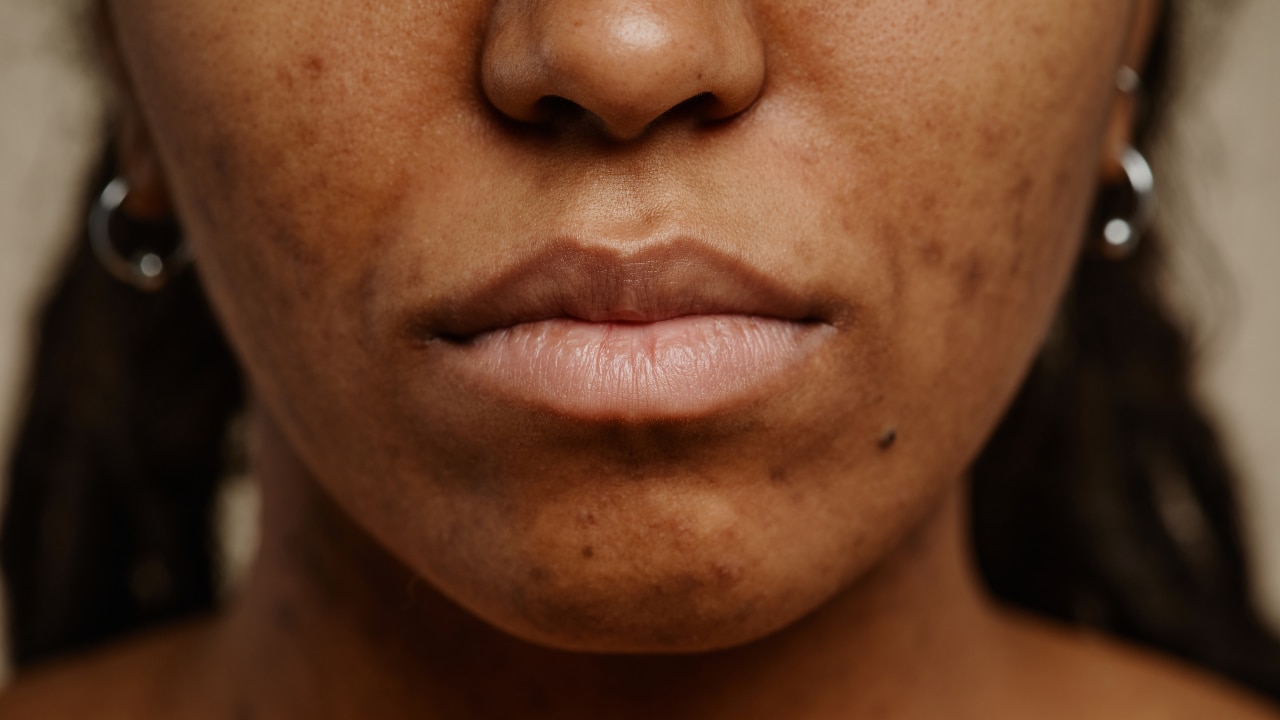
Blemishes are marks, spots or any sort of discoloration that occurs on your face. They include pimples, dark spots, acne scars and pigmentation patches.
They are a widespread skin concern as a number of lifestyle factors trigger breakouts and blemishes. The good news is that there are numerous things that you can do to prevent blemishes, to treat them, and to prevent scarring. Here is your expert-approved guide on everything you need to know about how to prevent and treat blemishes.
02Types of Blemishes on Face
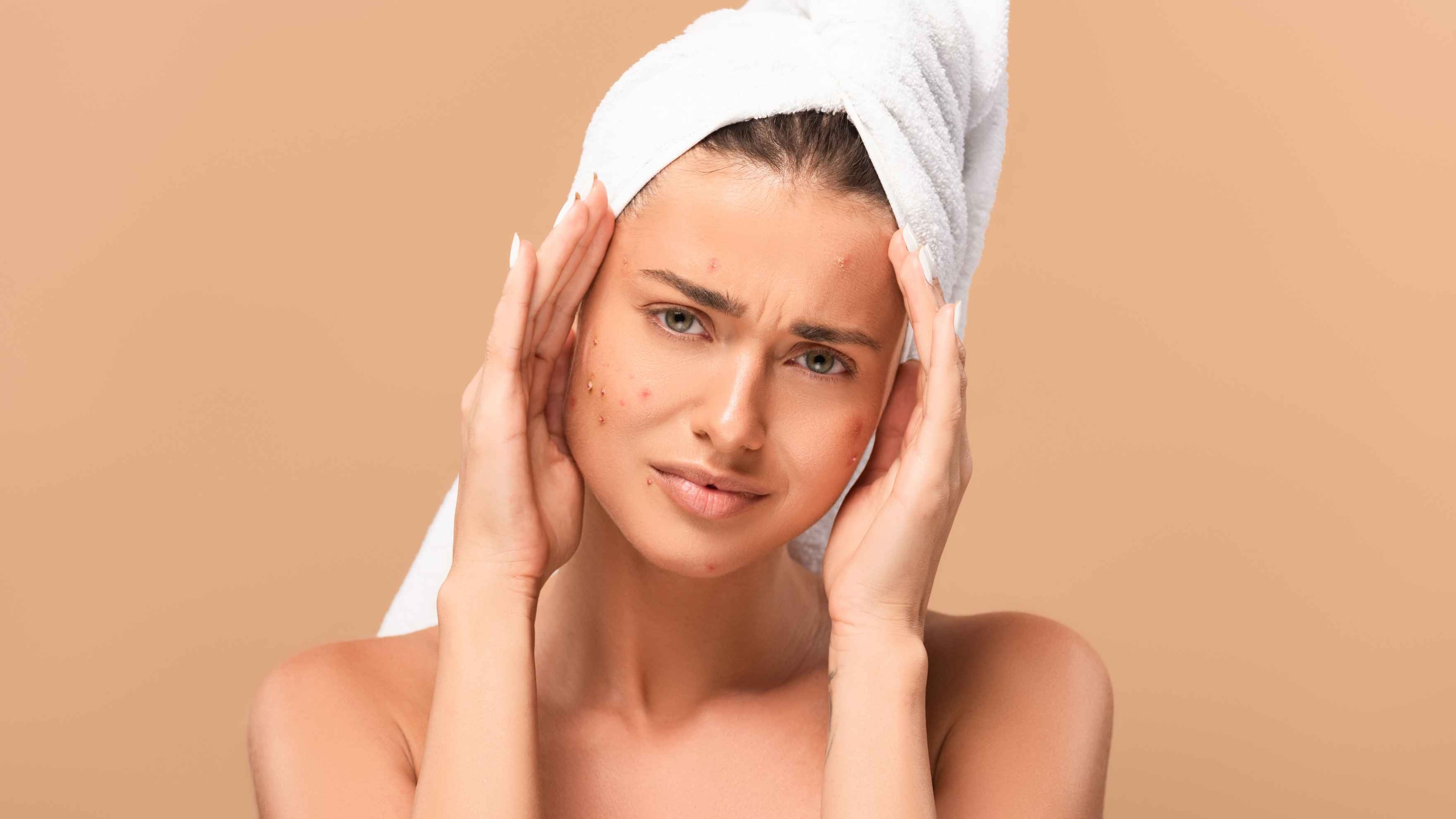
If you've ever wondered what are blemishes, you're in the right place. Here are the most common types:
1. Acne Marks:
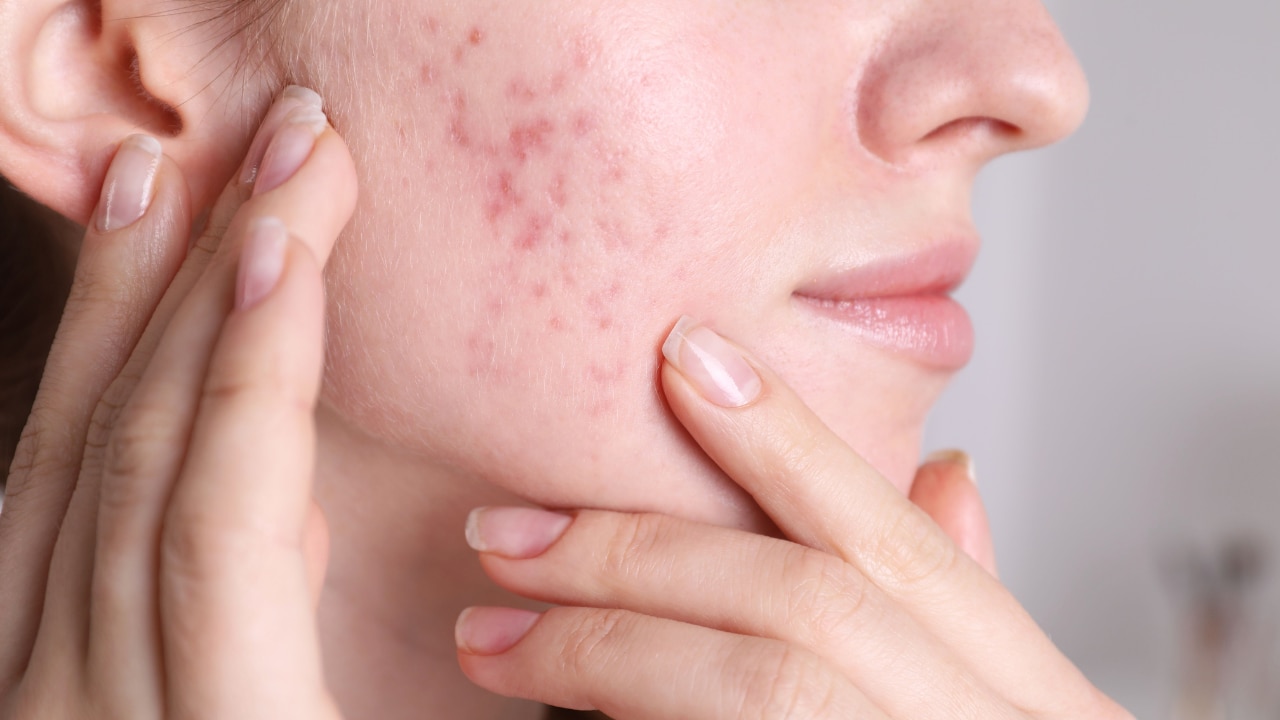
These are the red or brownish scars left behind after a pimple has healed.
2. Dark Spots:
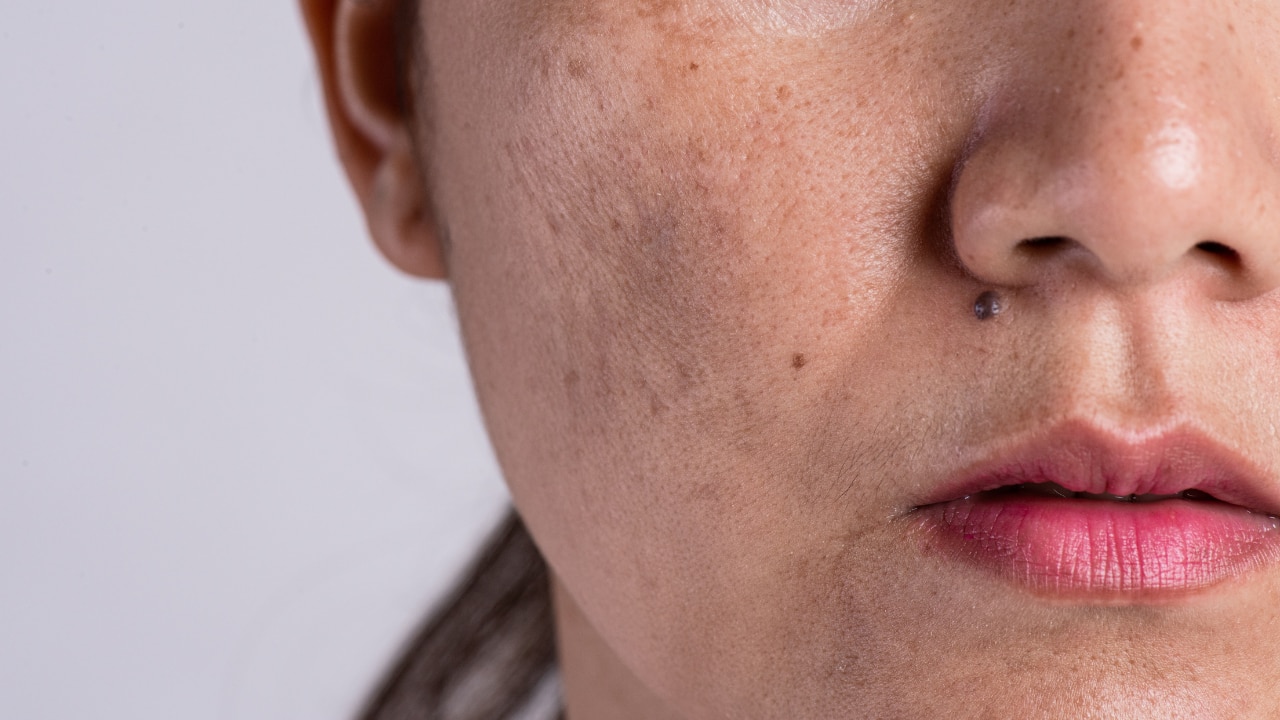
Also commonly referred to as hyperpigmentation, these spots occur due to sun damage or hormonal changes.
3. Pigmentation:
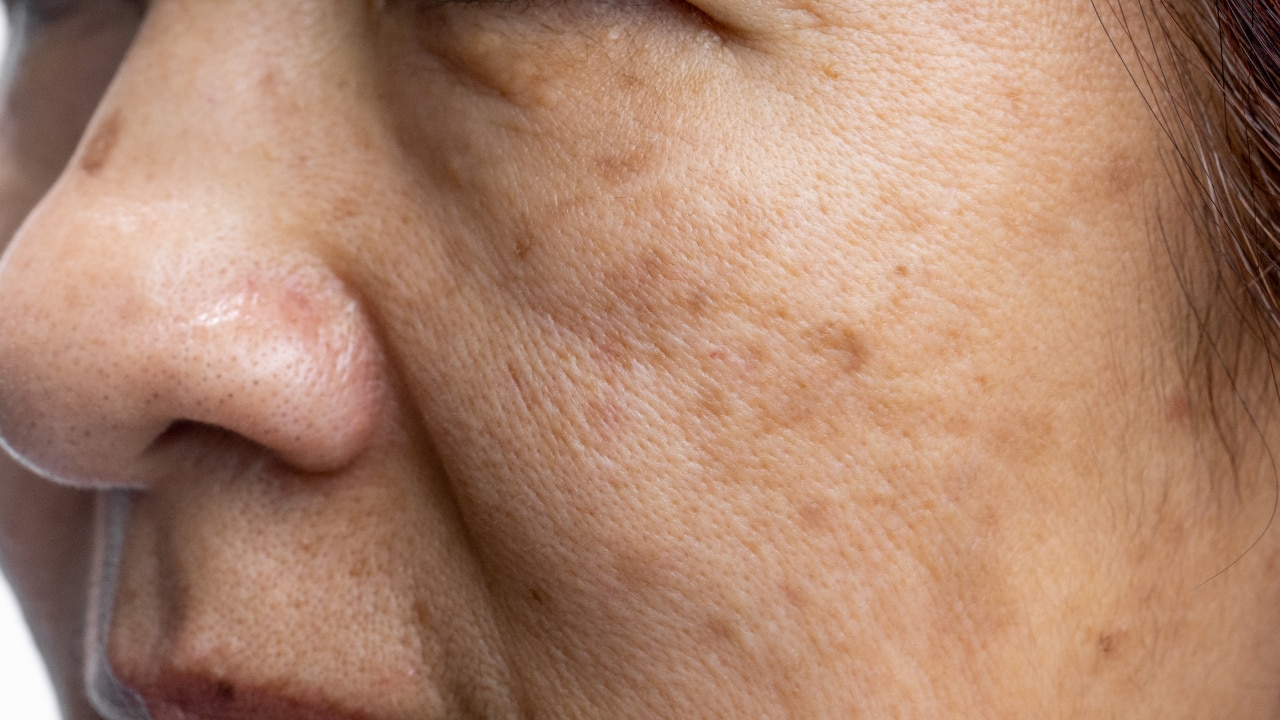
This is a broader term for any discolouration of the complexion.
4. Whiteheads and Blackheads:
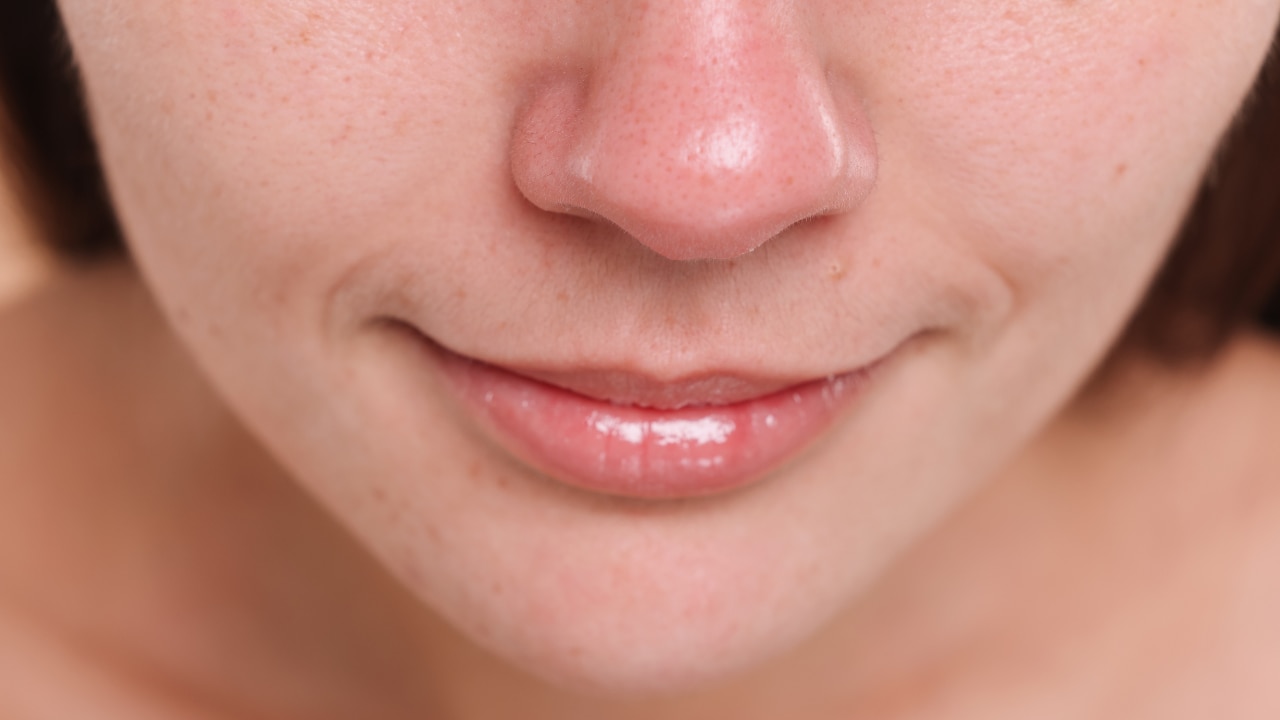
Whiteheads are closed, clogged pores, while blackheads are open pores, which have become oxidized, turning the trapped oil and dead skin cells black.
5. Papules and Pustules:
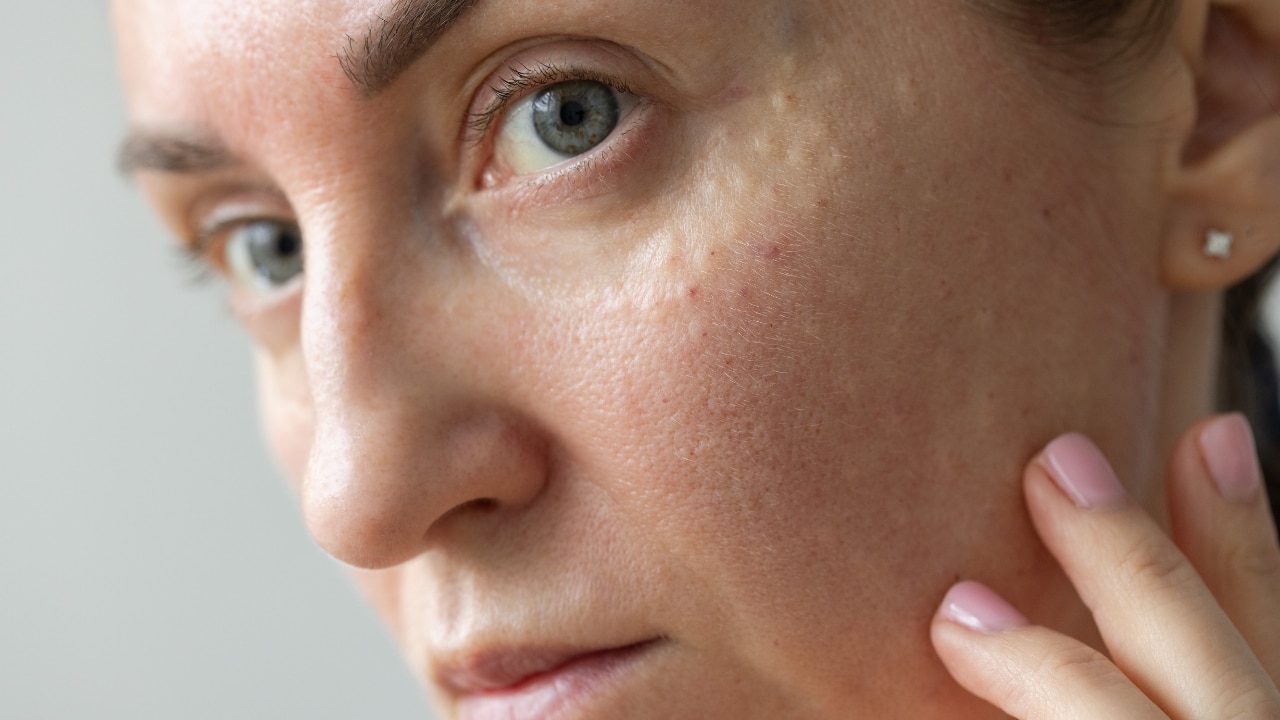
These are forms of inflammatory acne. Papules are tiny, red, raised pimples, while pustules are papules that contain
6. Nodules and Cysts:
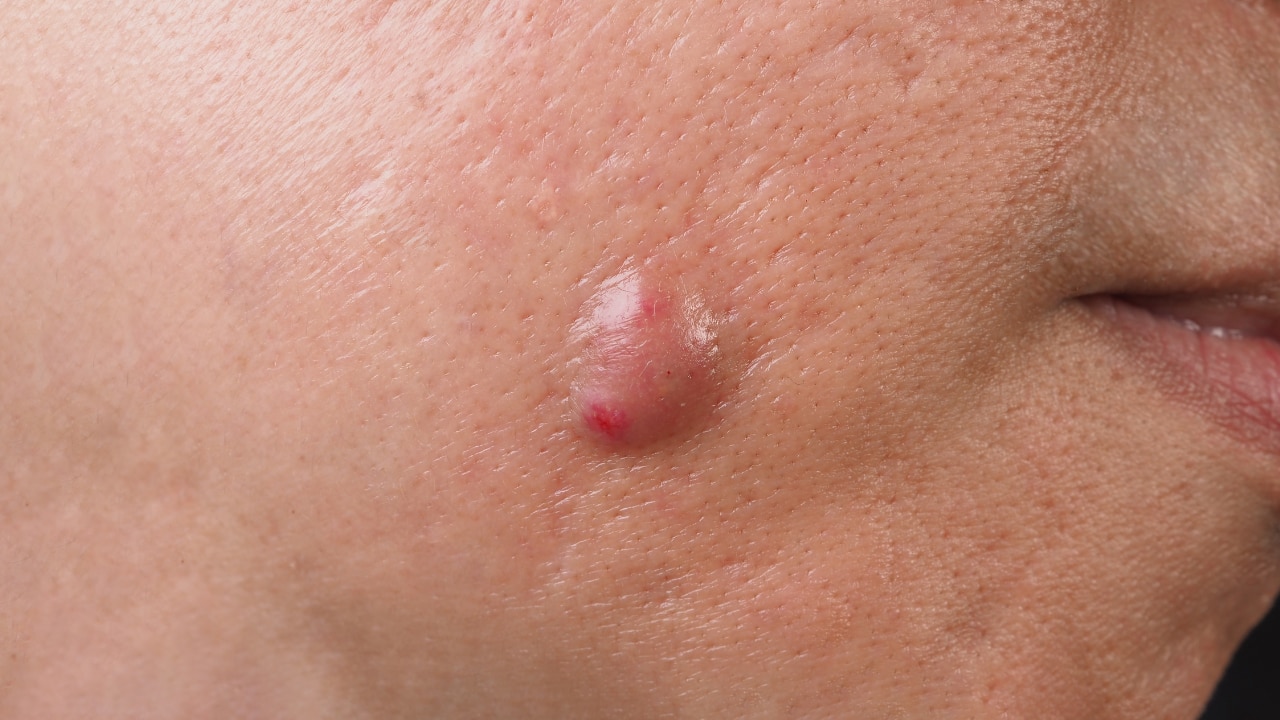
These are more severe types of acne. Nodules are large, painful, solid lumps deep within the complexion, and cysts are pus-filled lumps that are also painful and result in scarring.
03Causes of Blemishes on Face
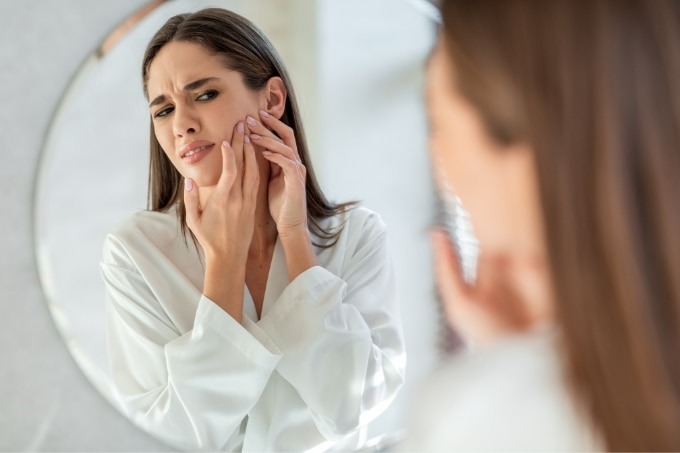
Blemishes are caused by a range of factors, which include the following:
- Hormonal Imbalance: Hormonal changes, particularly during puberty, menstruation, or pregnancy, increase oil production, resulting in clogged pores and blemishes.
- Sun Damage: UV radiation from the sun triggers the overproduction of melanin, causing dark spots and other types of hyperpigmentation.
- Poor Diet: According to health experts, what you eat directly impacts your skin. "Consuming processed foods, dairy products, sugar, and excessive alcohol and caffeine can aggravate acne by causing inflammation," mentions Eshanka Wahi, culinary nutritionist and founder of Eat Clean With Eshanka. "Instead, eat a well-balanced diet high in vitamins, minerals, and antioxidants. Add fruits, nuts, leafy greens, and omega-3 fatty acids to your diet to promote healthy skin. Fatty fish, salmon, eggs, and plant-based sources like chia seeds, flaxseeds, and walnuts are rich in omega-3. "
- Stress: High stress levels could result in a rise in cortisol, a hormone that stimulates oil production and inflammation.
04How To Remove Blemishes From Face: Dermatologist-Approved Treatments
To help you efficiently manage blemishes, we reached out to leading dermatologists and health experts. Here is their advice on how to prevent and manage blemishes from occurring on your face:
1. Topical Retinoids:
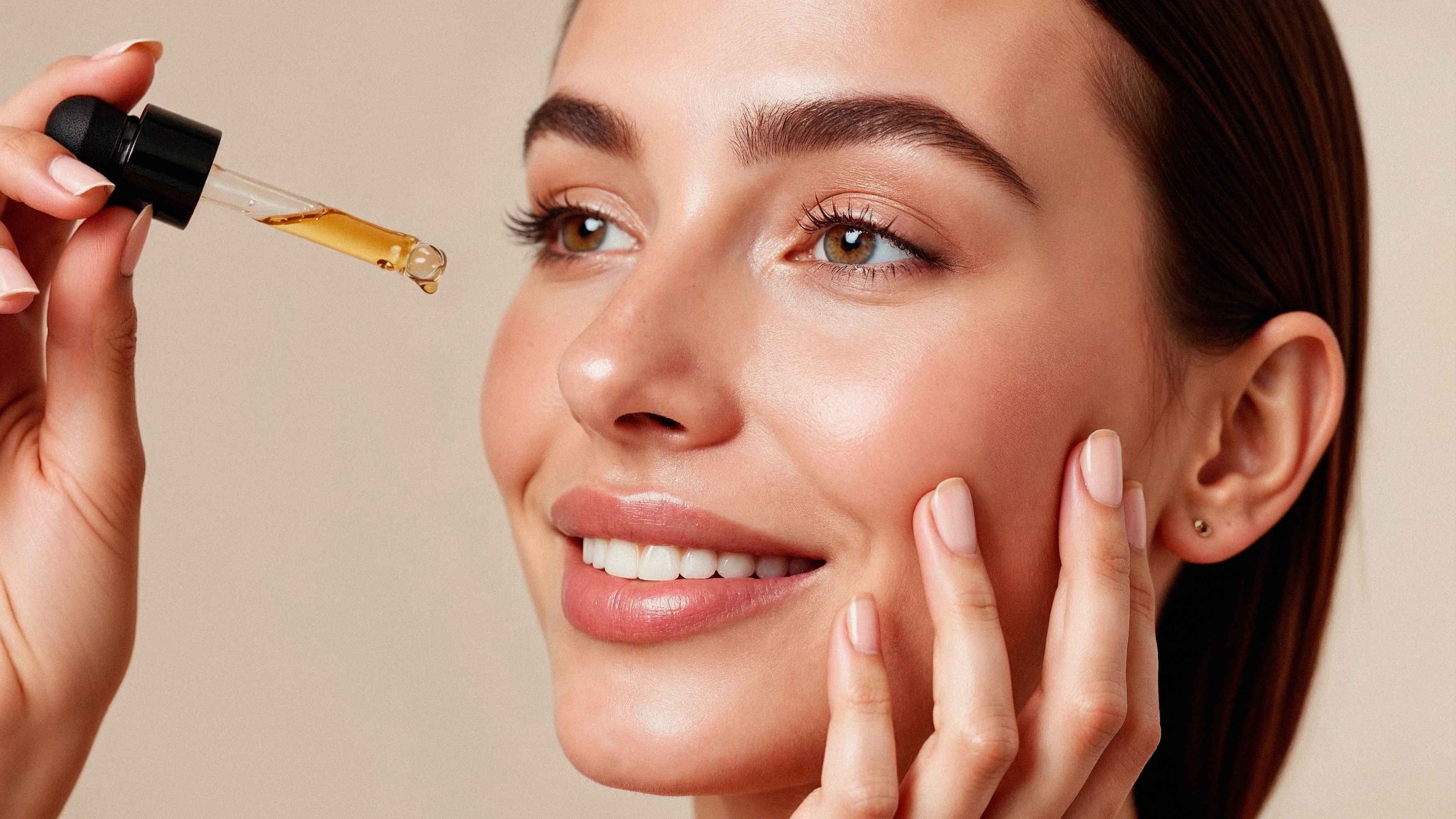
These are vitamin A derivatives, which unclog pores, minimise inflammation, and encourage cell turnover.
2. Chemical Peels:
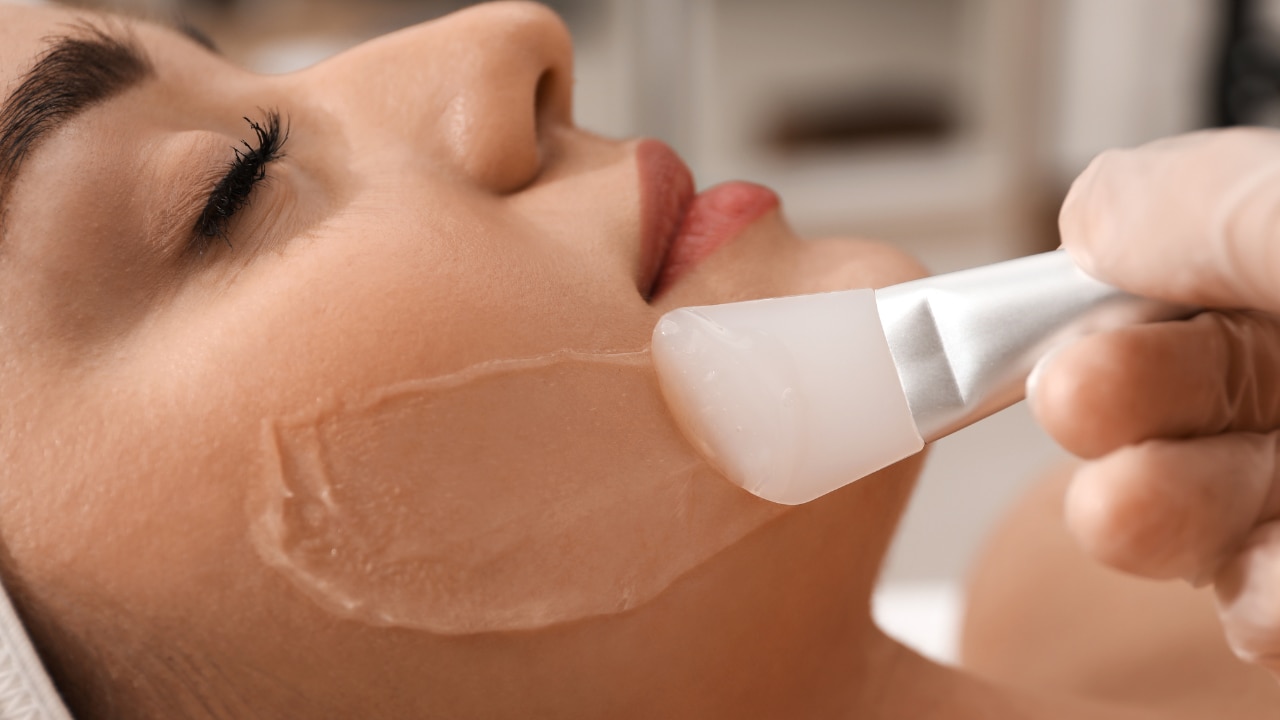
They effectively treat acne, hyperpigmentation, and fine lines.
3. Laser Therapy:
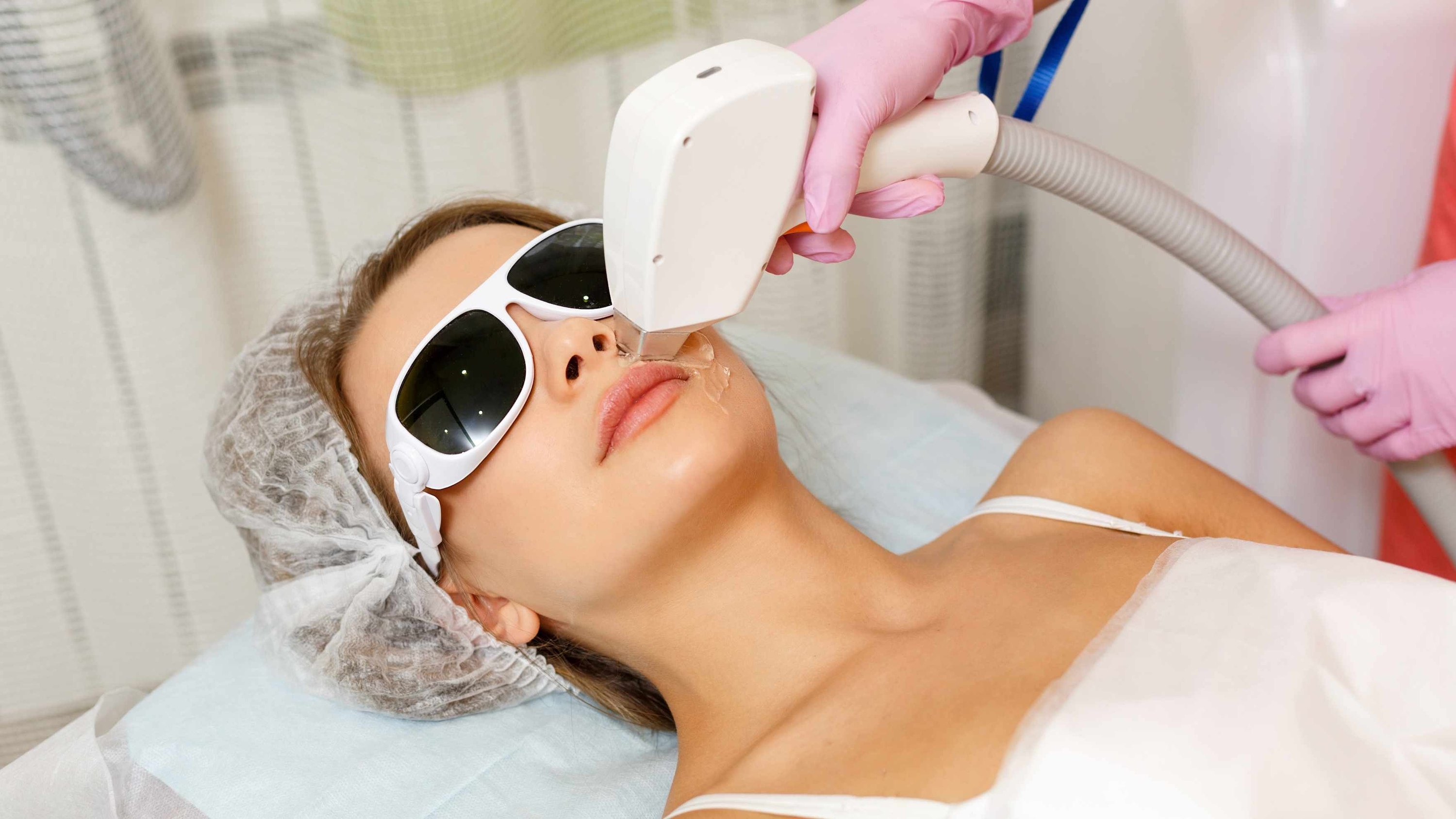
Various forms of laser treatments target and break down the pigment in dark spots, minimise redness, and improve the texture of your skin.
4. Blemish Serums and Spot Treatments:
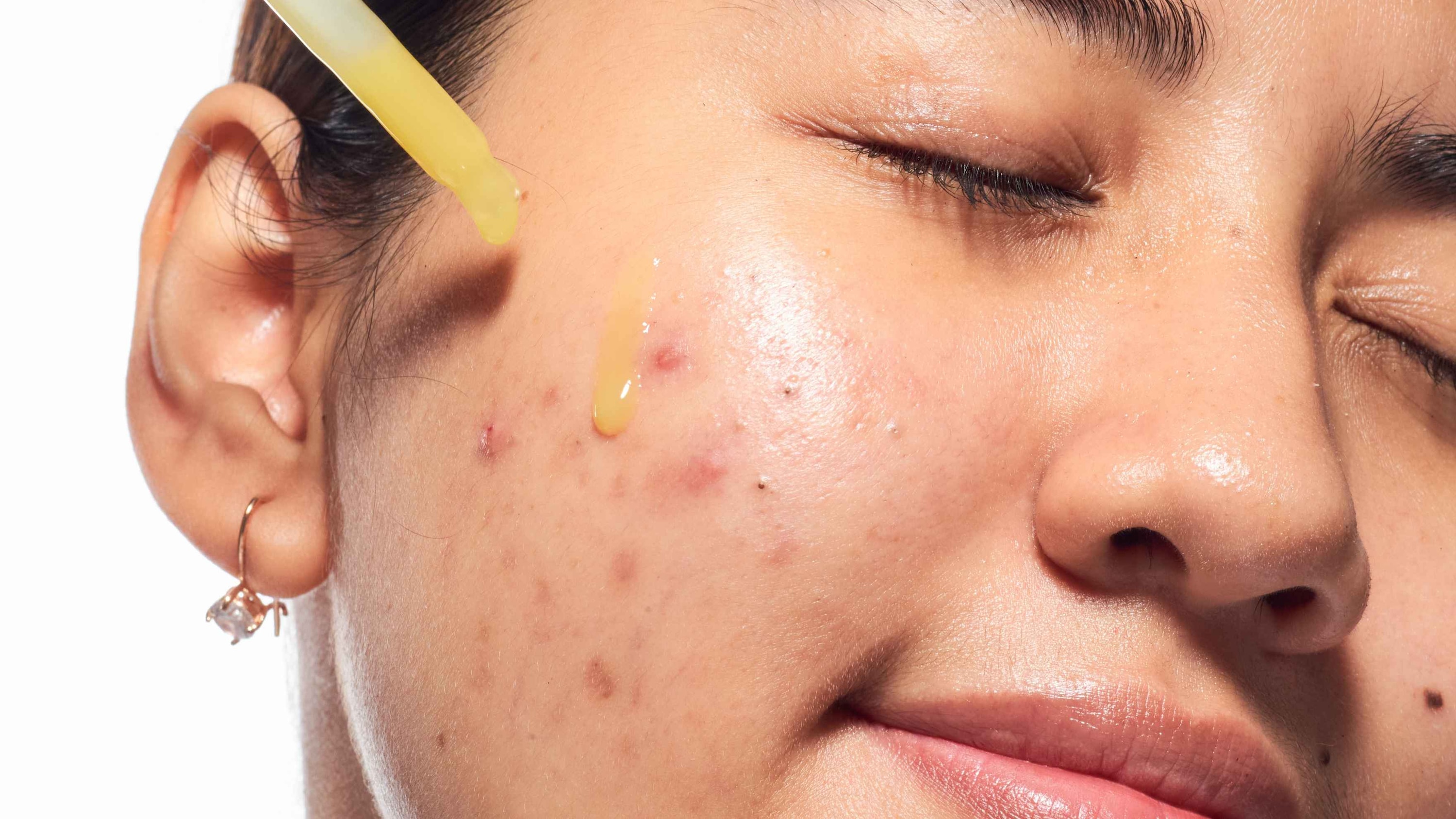
Over-the-counter products such as the Simple 10% Niacinamide + Pro-Vit B5 Booster Serum and Novology Bi-Phasic Hyper Pigmentation Serum, formulated with ingredients like Salicylic Acid, Benzoyl Peroxide, and Niacinamide, are great for targeting individual blemishes.
5. Face Wash for Blemishes:
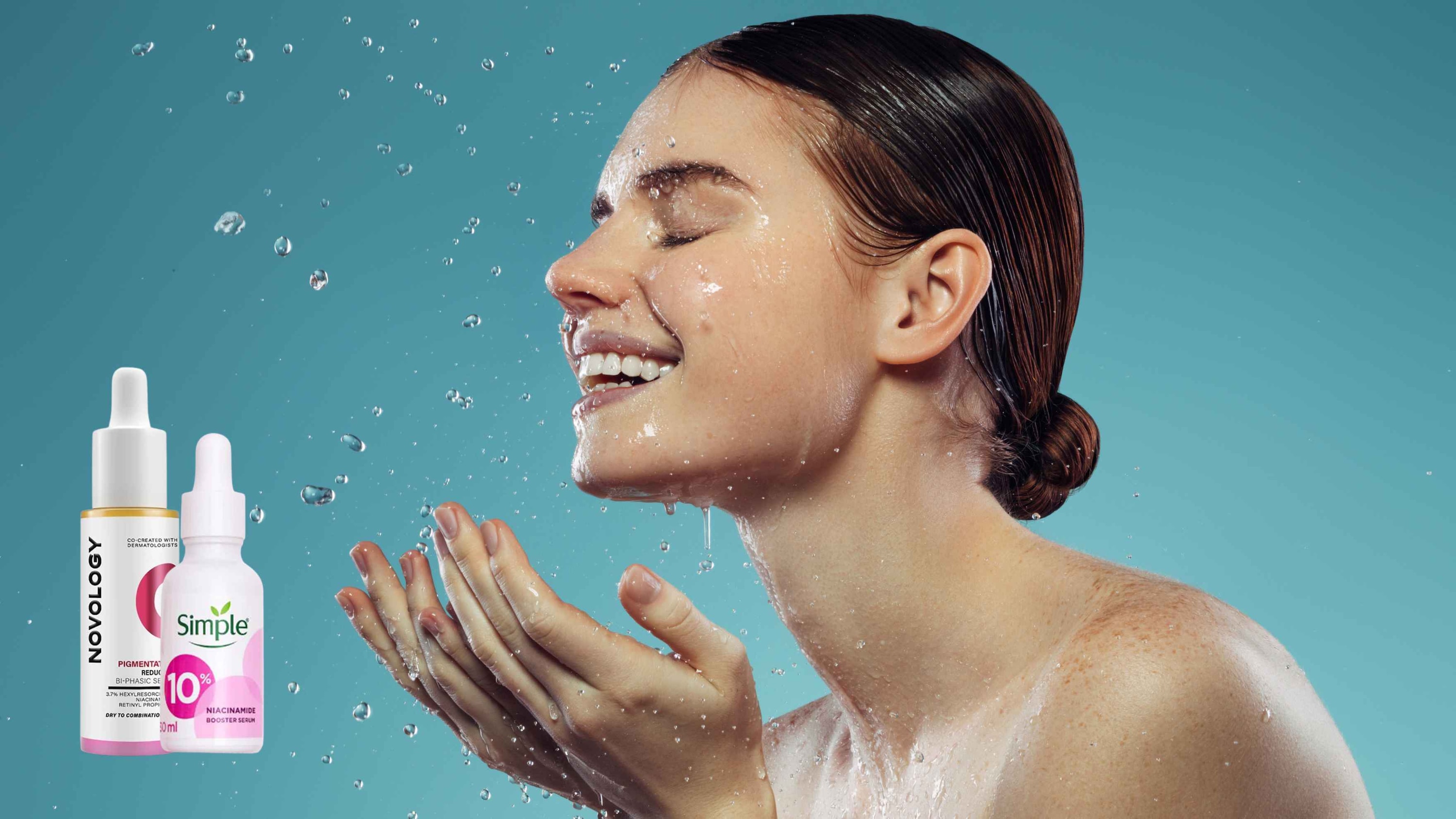
Cleansers like the Novology Acne Deep Clearing Cleanser containing Salicylic Acid or Benzoyl Peroxide control oil and minimise new breakouts.
6. Face Cream for Blemishes:
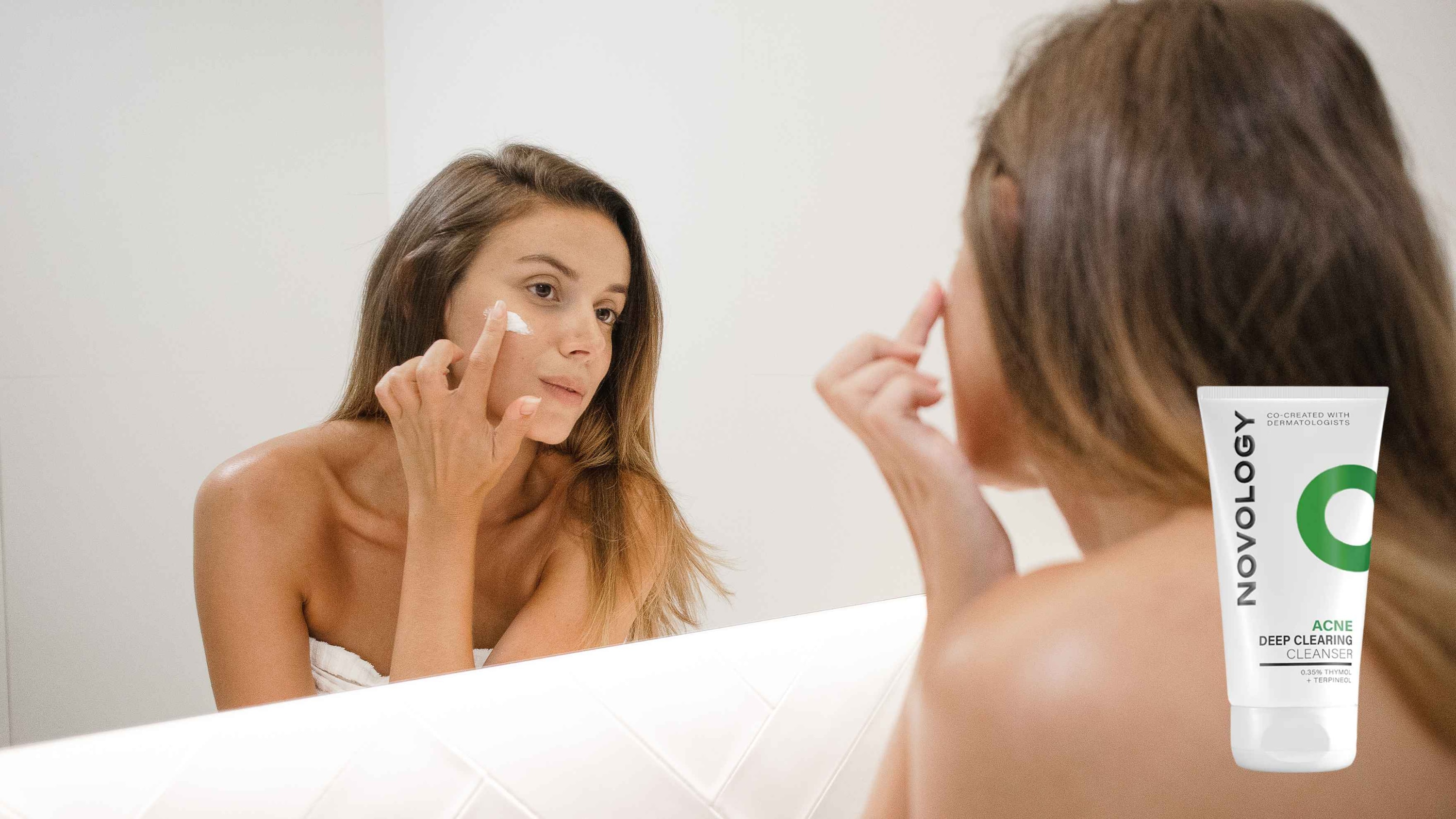
Moisturisers like the Novology Pigmentation Reduction Moisturiser with non-comedogenic formulas help keep the skin hydrated without clogging pores.
For persistent or severe blemishes, it's advisable to consult a dermatologist for a personalised treatment plan. According to Dr. Gagan Raina, cosmetologist and aesthetic medicine specialist at Arisia Skin Clinic: "For mild cases, a simple routine with a gentle cleanser, non-comedogenic moisturiser, and daily sunscreen is often effective. More stubborn blemishes may require medical treatments such as retinoid creams, chemical peels, laser treatments, or microneedling. In certain situations, oral medication may also be advised. Instead of self-experimenting, it is best to seek a proper diagnosis and follow a tailored treatment plan."
05Home Remedies for Blemishes
There are also a few home remedies that will help you manage blemishes efficiently. The top home remedies to control blemishes are as follows:
1. Tea Tree Oil:
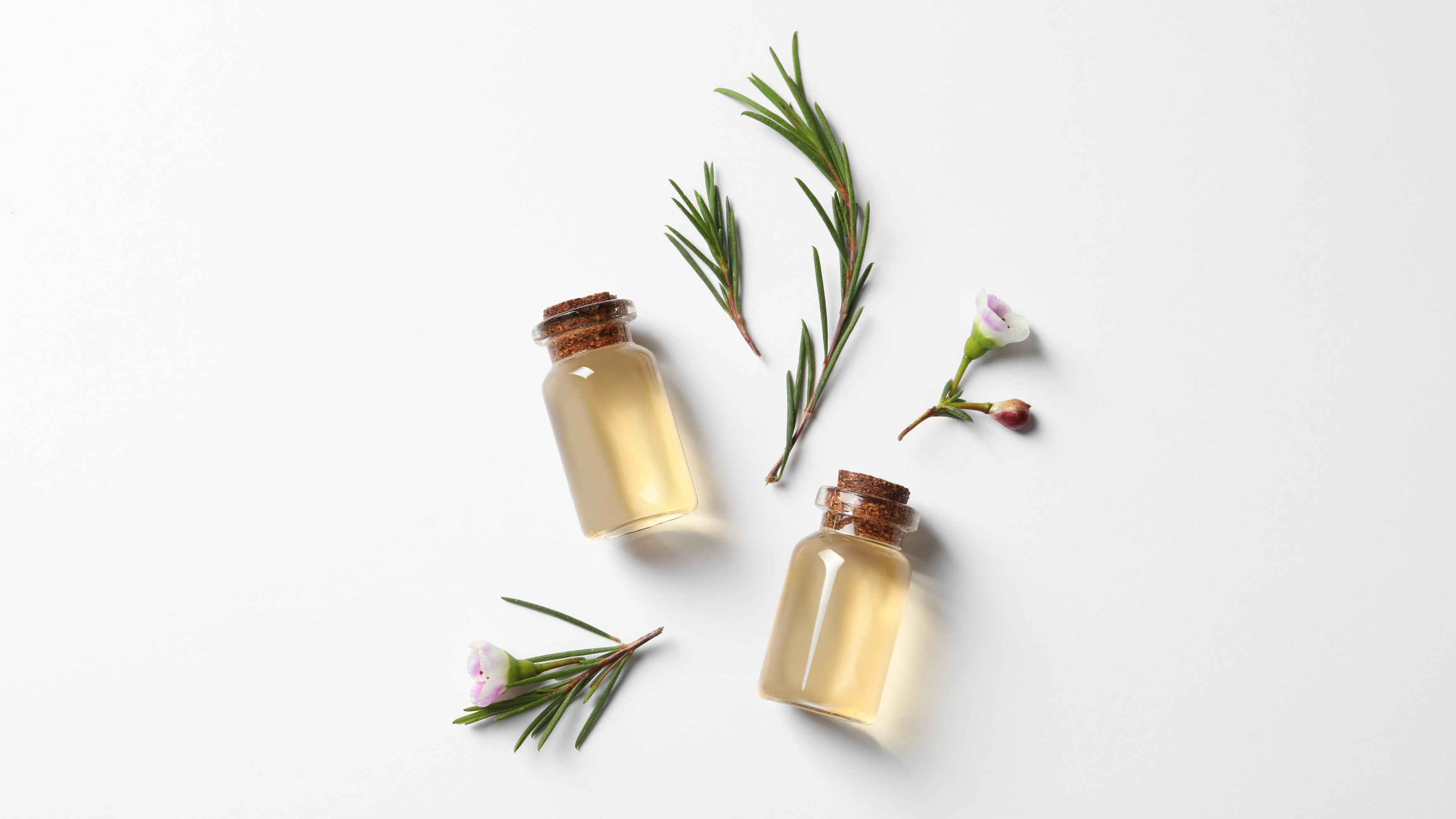
Celebrated for its antibacterial properties, for this blemish treatment, dilute a few drops of tea tree oil with a carrier oil and apply it directly to the breakout.
2. Aloe Vera:
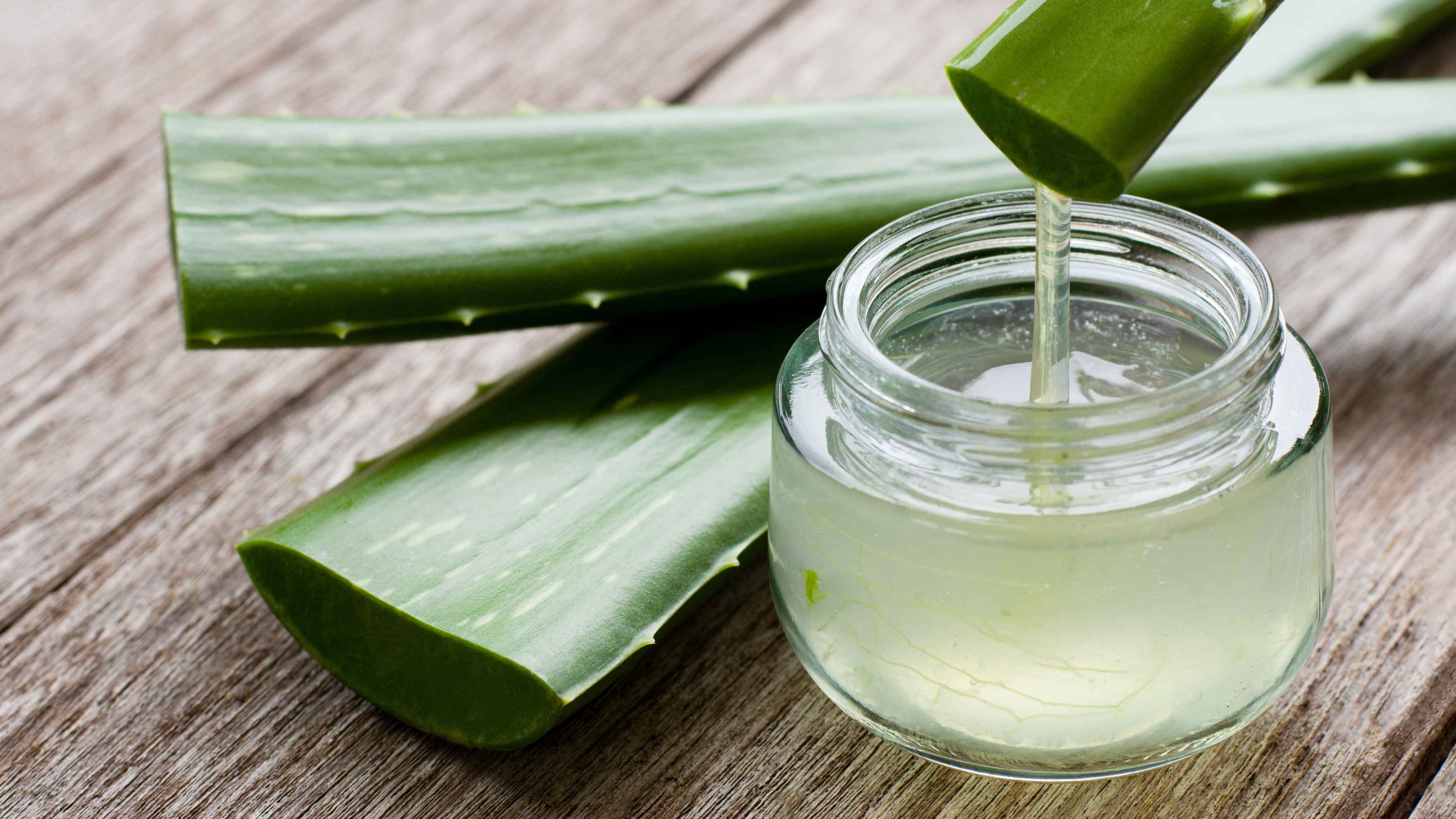
Apply pure aloe vera gel to minimise inflammation and soothe red, irritated skin. It is also excellent for hydrating your skin without using oil.
3. Honey:
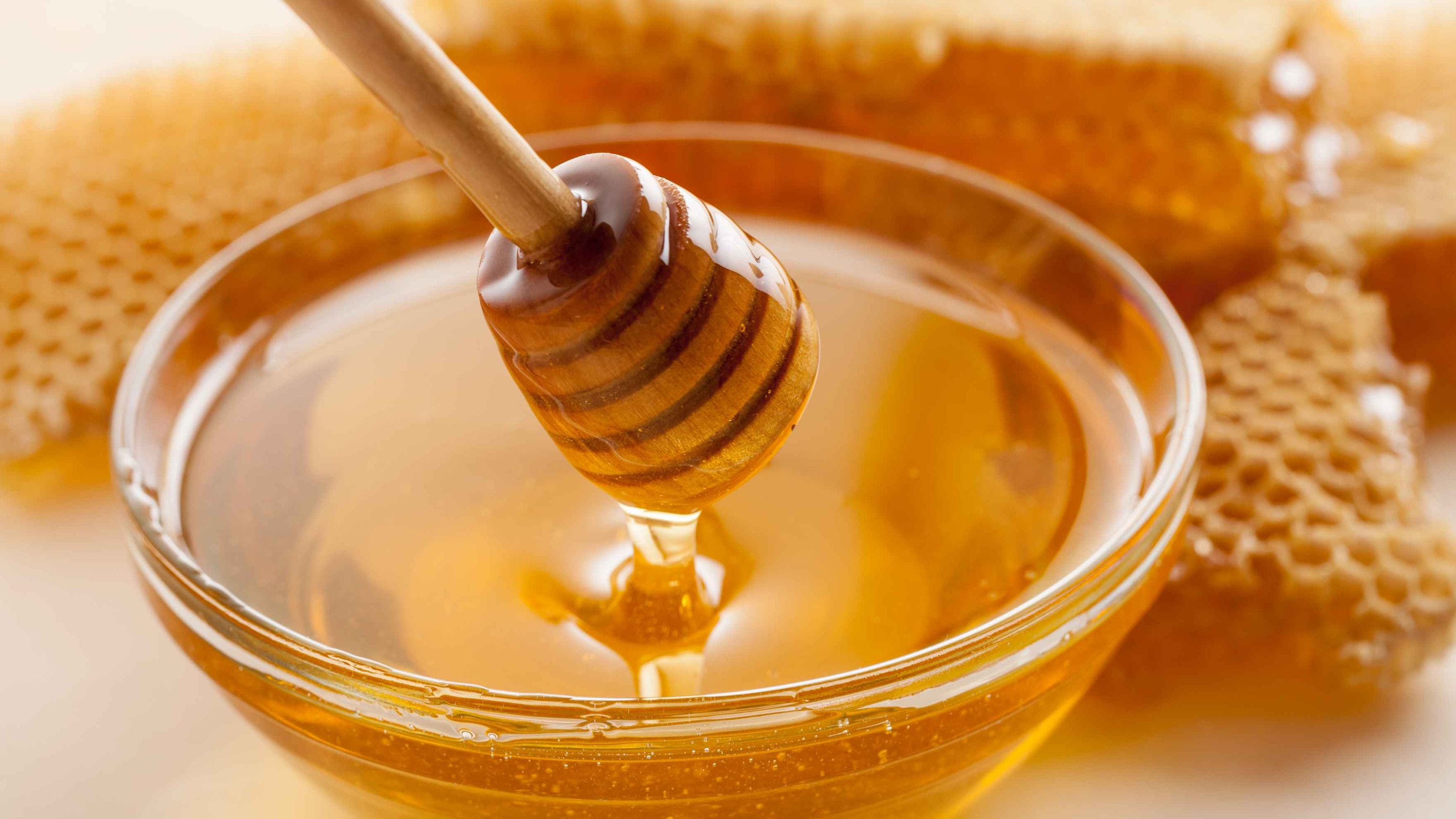
A natural antiseptic and anti-inflammatory, apply a tiny amount of raw honey to a blemish and leave it on for 15-20 minutes before washing it off.
4. Green Tea:
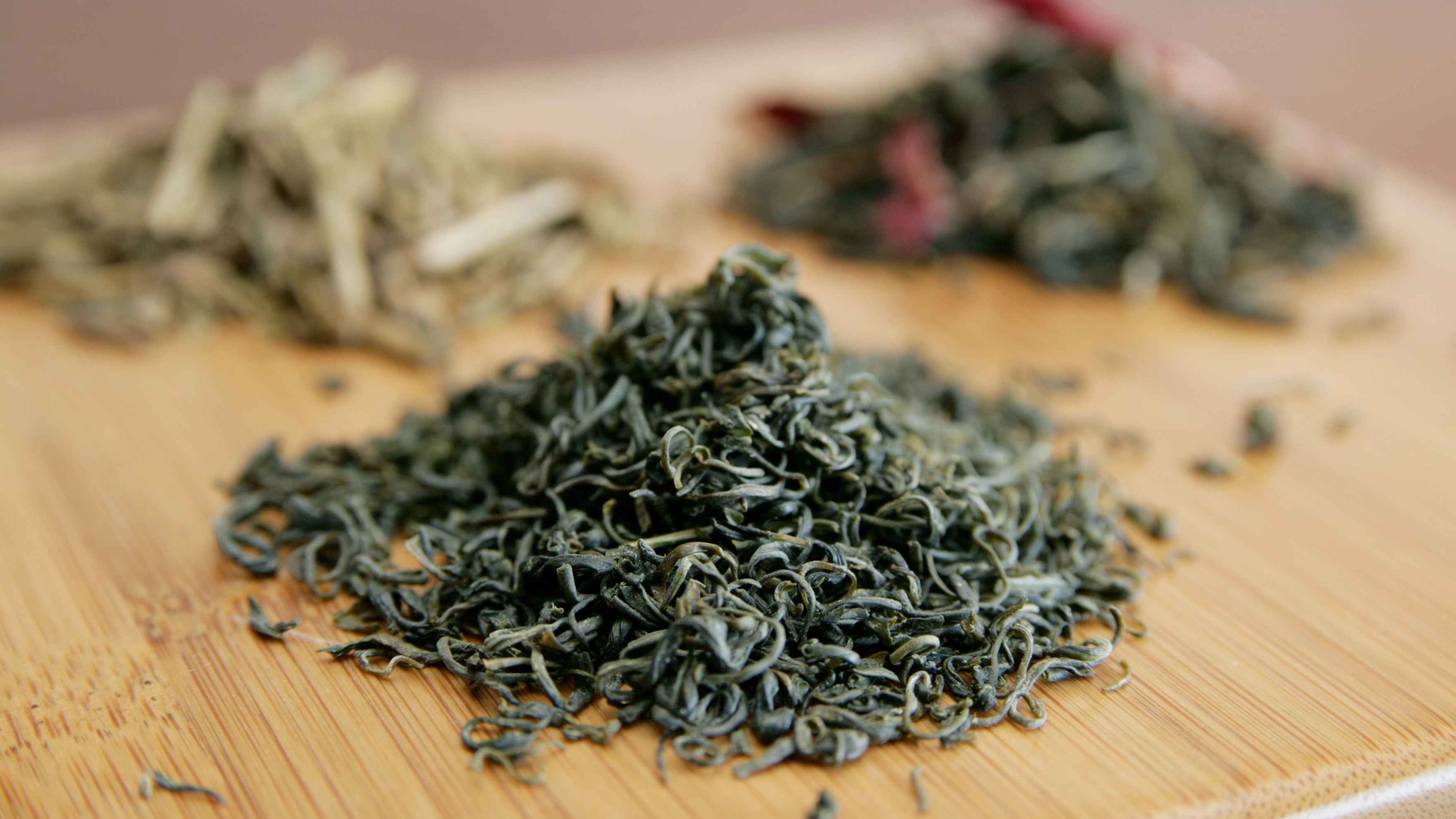
Brew a cup of green tea, let it cool, and then use a cotton ball to apply it to your face. Green tea consists of antioxidants, which minimise inflammation.
5. Apple Cider Vinegar:
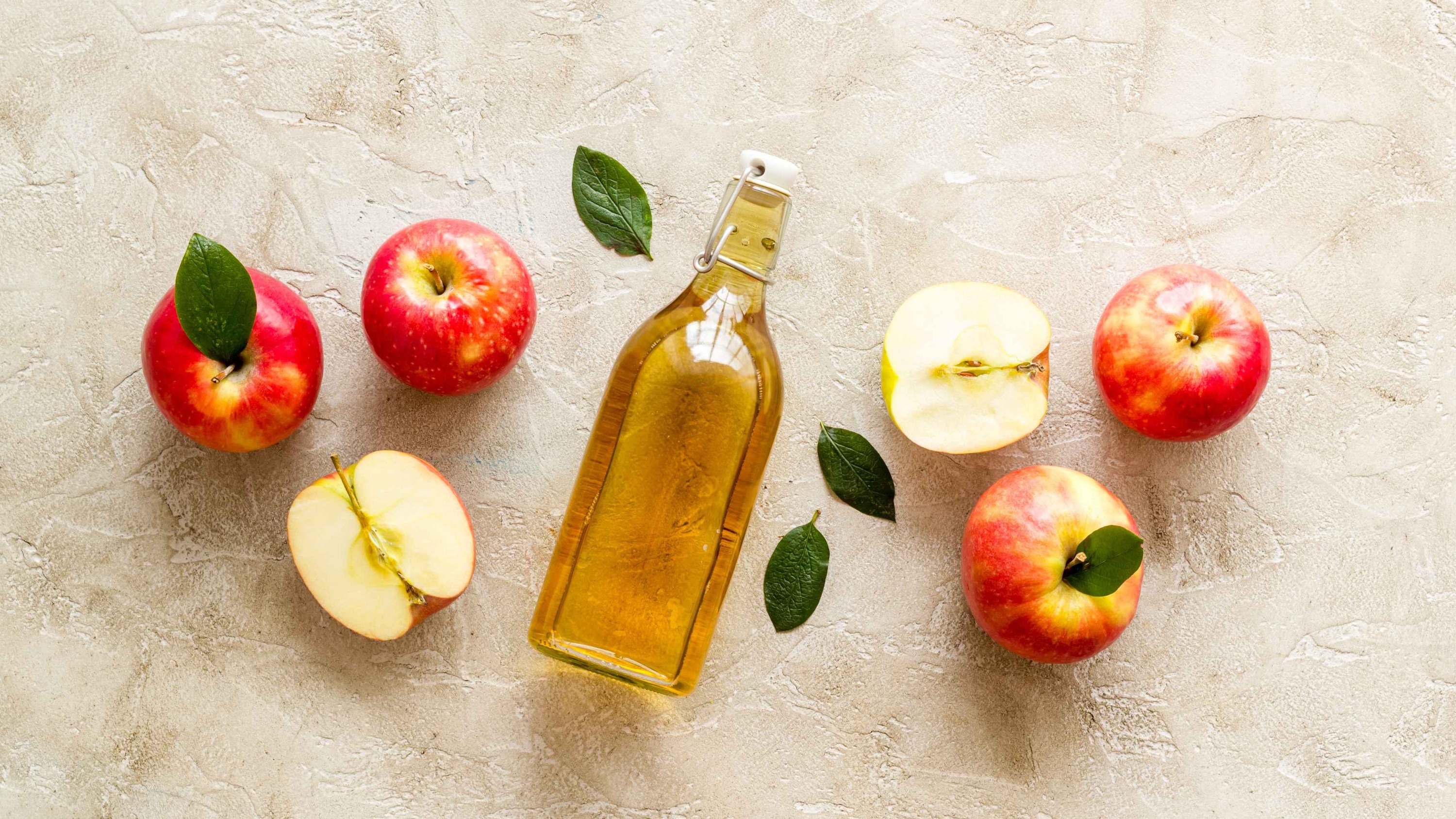
Dilute raw, unfiltered apple cider vinegar with water (1 part vinegar to 3 parts water) and apply it as a toner. It balances the skin's pH and exfoliates.
06Skincare Routine for Blemishes
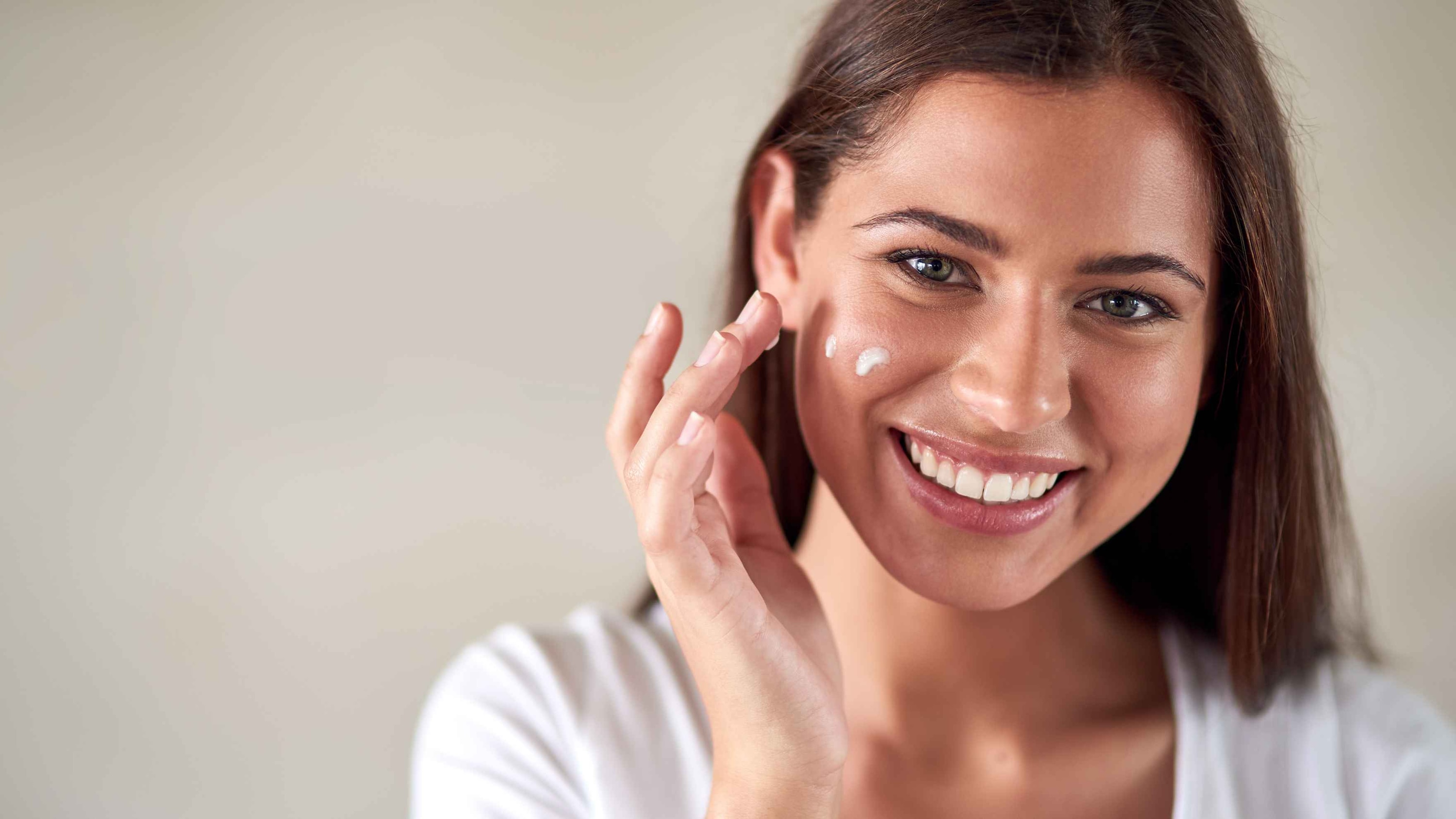
• Cleanser:
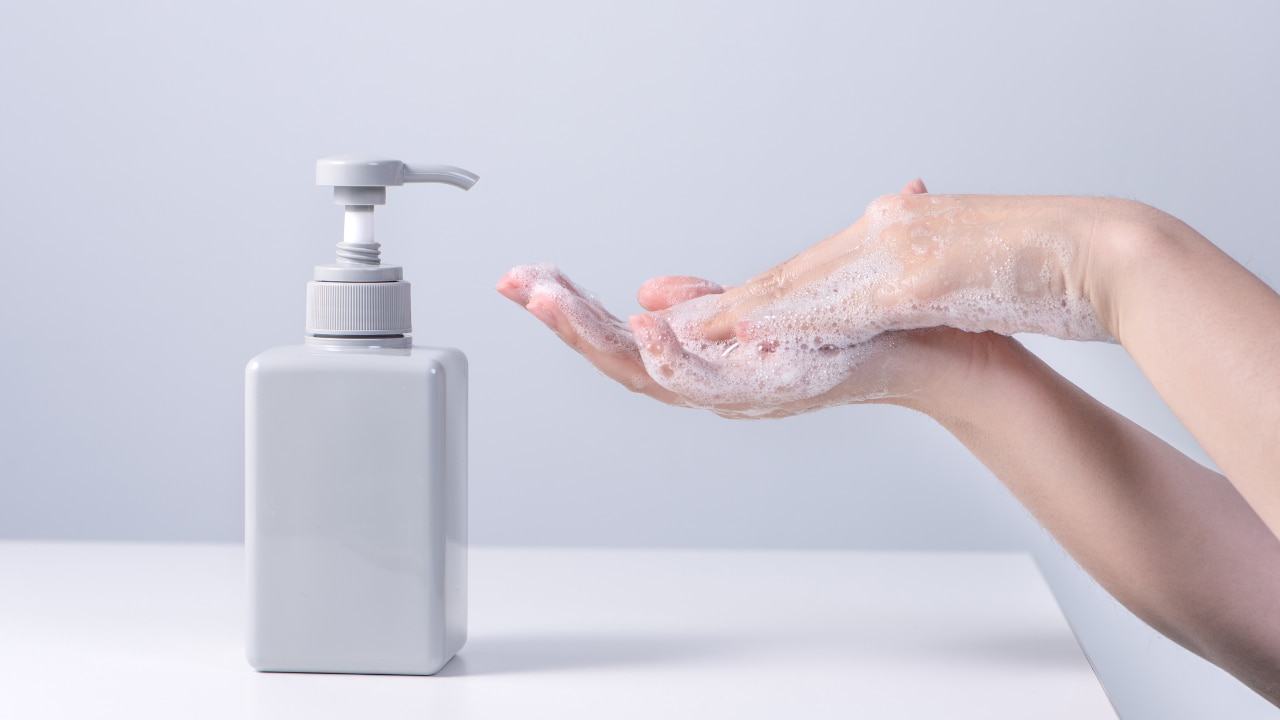
Always apply a gentle, blemish-specific cleanser to wash your face twice a day.
• Toner:
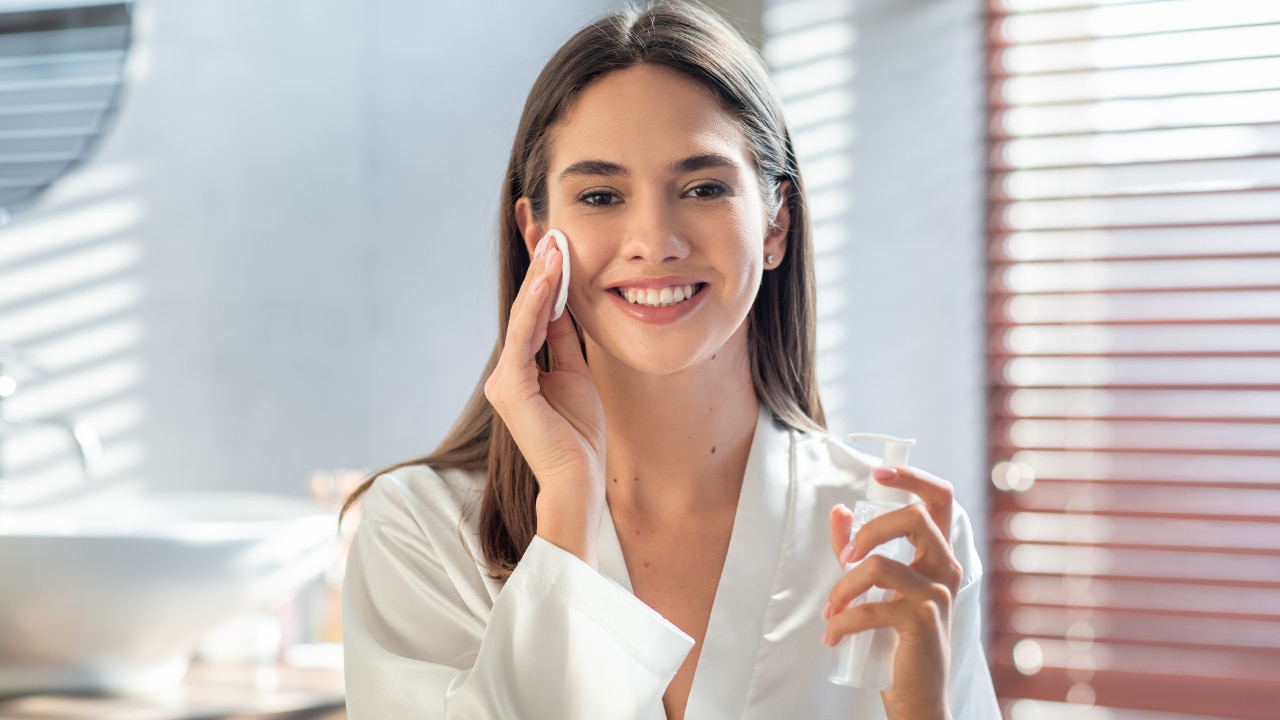
Next, use a non-alcoholic toner to rebalance the skin's pH and prep it for other skincare products.
• Serum:
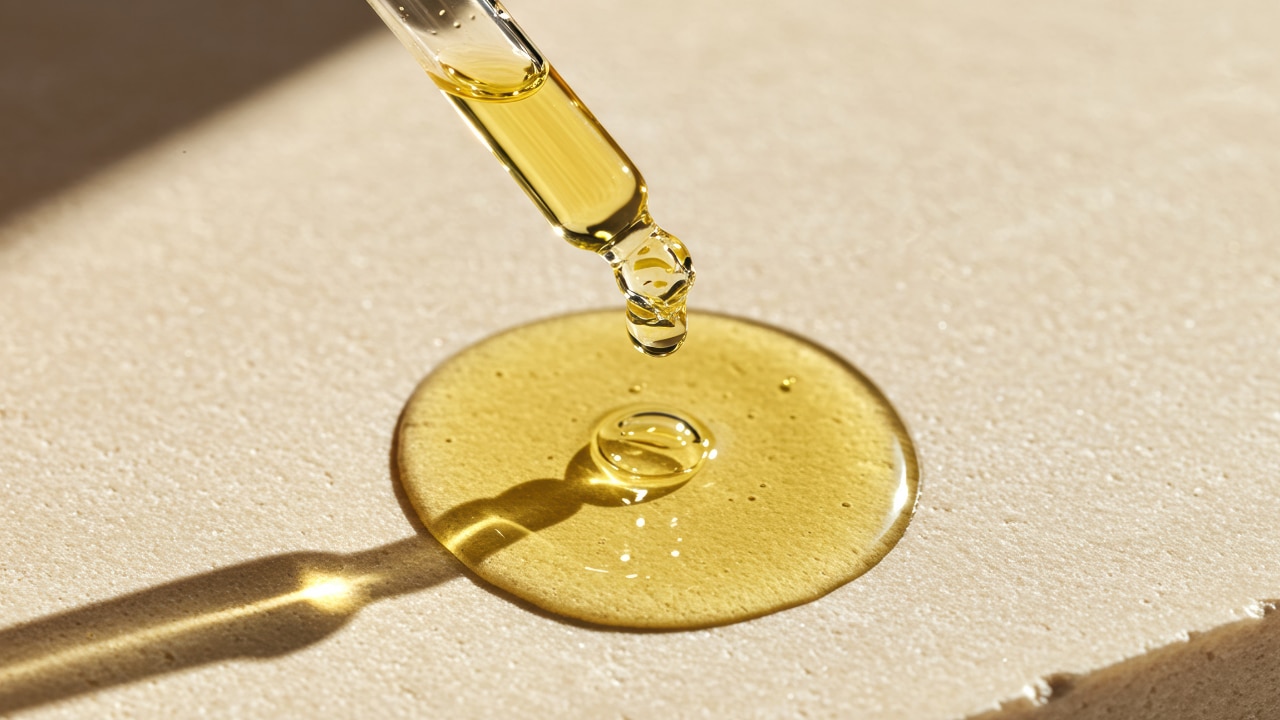
Apply a blemish-fighting serum consisting of Niacinamide or Vitamin C to target specific concerns like dark spots and inflammation.
• Moisturiser:
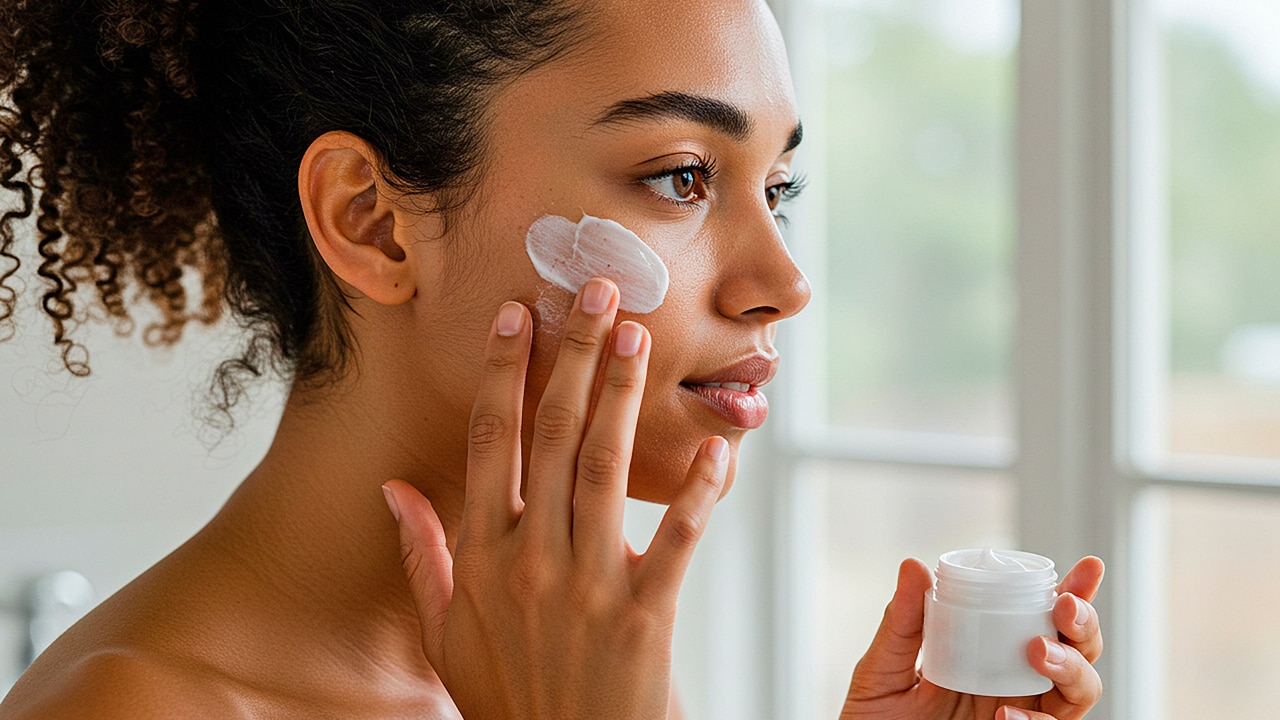
Use a lightweight, non-comedogenic moisturiser to hydrate your skin and support its barrier function.
• Sunscreen:
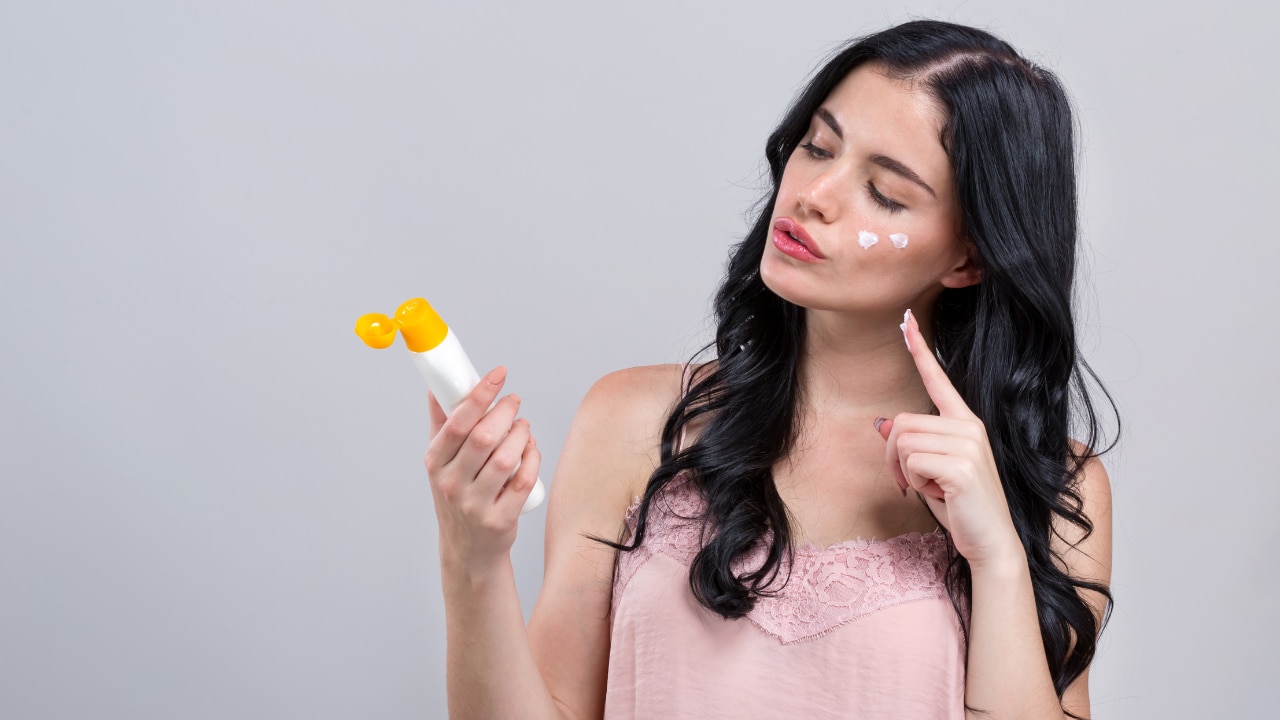
Lastly, end your morning routine with a sunscreen with an SPF of 30 or higher.
07Tips to Prevent Blemishes on Face
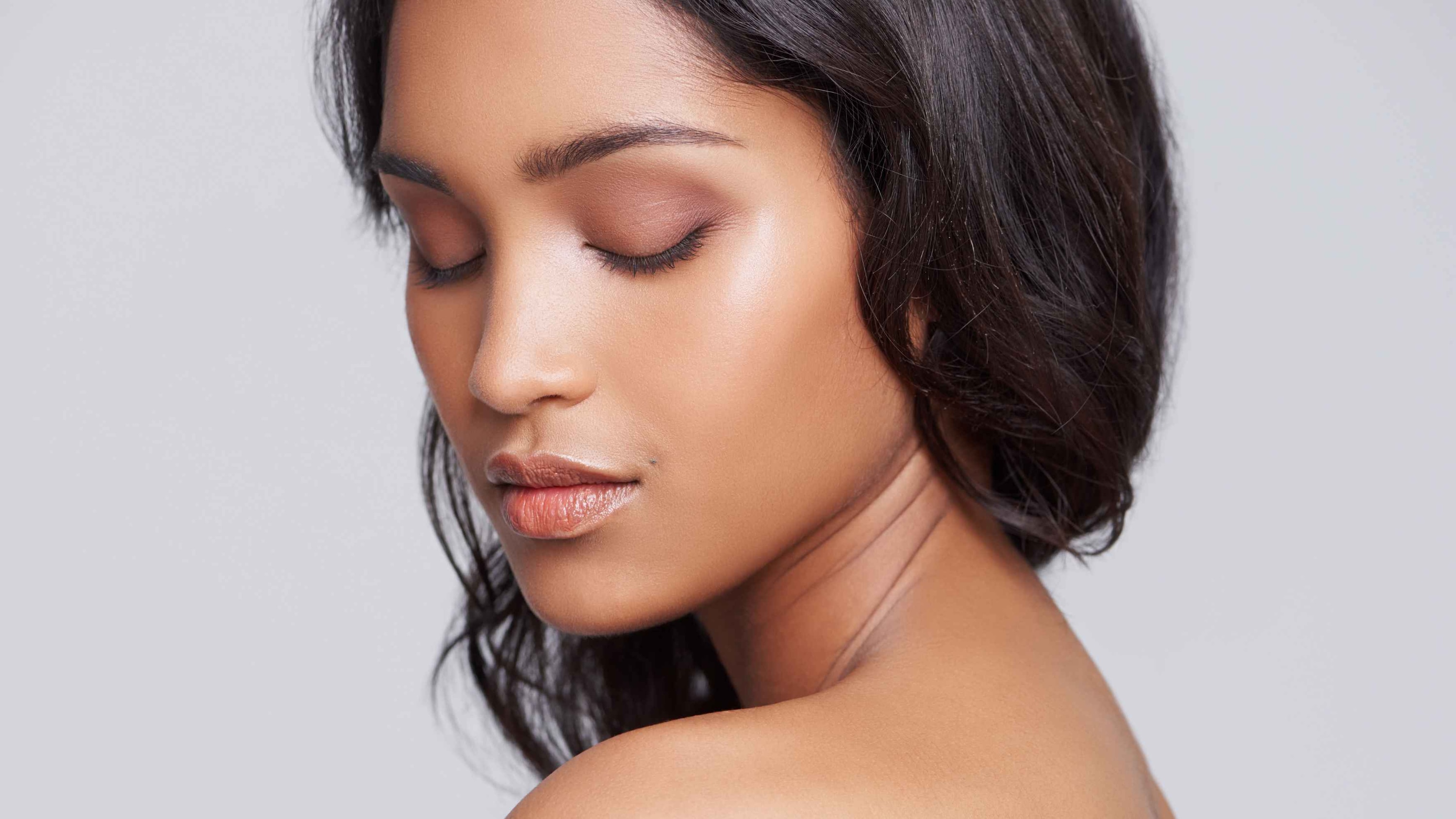
- Stay Hydrated: Drink lots of water to flush out toxins and keep your skin hydrated.
- Eat a Healthy Diet: Eat a balanced diet packed with fruits, vegetables, and whole grains. "By making conscious dietary choices, you can effectively nourish your skin from the inside out and pave the way for a blemish-free glow. Consuming probiotics (live bacteria) from fermented foods like yoghurt, kefir, and kimchi helps balance gut flora, and prebiotics (fibre that feeds gut bacteria) from foods like garlic, onions, asparagus, and oats are also crucial," says Dr. Archana Batra, dietitian and certified diabetes educator. "Additionally, ensure you're getting enough vitamin A. Vitamin A is the nutrient form of the popular topical ingredient, retinol, and is present in sweet potatoes, carrots, spinach, and bell peppers. "
- Shield Your Skin from the Sun: It's important to never forget sunscreen, even on cloudy days.
- Avoid Picking or Squeezing: Picking at blemishes pushes bacteria deeper into the complexion, resulting in a rise in inflammation, infection, and scarring.
- Manage Stress: Find healthy ways to manage stress, such as exercise, meditation, or spending time with loved ones.
08FAQs on Blemishes on Face
Q1: How long does it take for blemishes to fade?
A: The time it takes for a blemish to disappear depends on its form and severity. A tiny pimple might heal in a couple of days, while acne marks can take numerous weeks or even months to go away completely.
Q2: What is the difference between hormonal blemishes and regular blemishes?
A: Hormonal blemishes usually feature deep, cystic breakouts around the chin, jawline, and mouth area. They are often cyclical and tend to be more aggressive than other types of acne.

